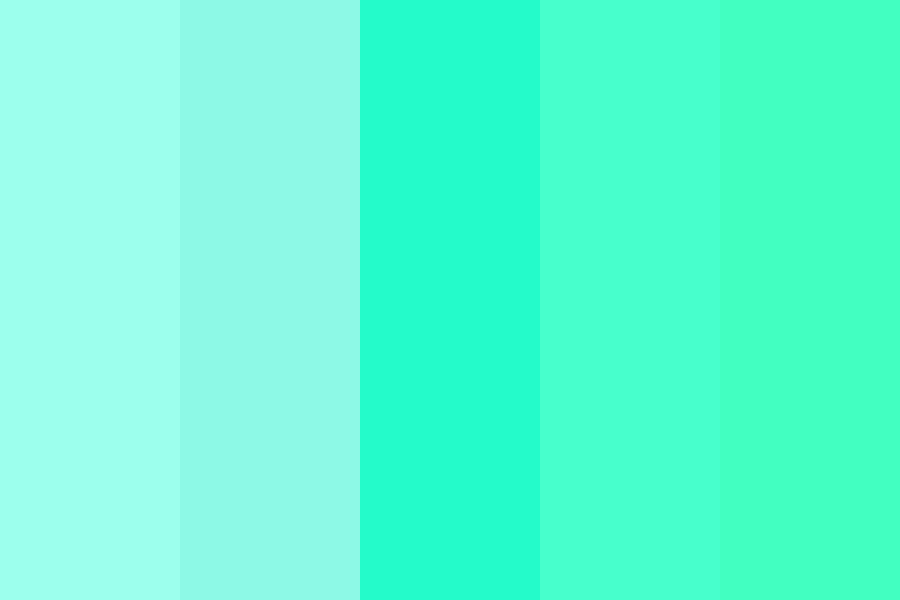

Since creating them requires the right portion of each color ingredient, arriving at your desired shade or intensity could also be quite tricky. Tertiary colors are known for their complexity and beguiling array of colors. Lastly, the tertiary colors refer to the set of colors produced when a primary color is mixed with one of its nearest secondary colors.Īmong its variants include yellow-orange, red-orange, red-purple, blue-purple, blue-green, and yellow-green. Generally, although the idea of creating secondary colors seems easy, it will take a lot of practice to arrive at your desired shade or intensity. Specifically, this category consists of the color green (which can be derived by mixing blue and yellow), the color orange (which is the result of combining yellow and red), and the color purple (which comes after blending red and blue). Meanwhile, secondary colors refer to the set of colors that are created when you mix two primary colors together. They consist of the basic colors yellow, red, and blue. In the traditional color theory, these are the pigments in which all other colors are derived from and cannot be created by mixing other colors. To help you with a quick refresher on this topic, here is a quick guide on what colors form each category and what makes them unique from one another.įirst and foremost, the primary colors are those that are at the top of any color structure. Under the Color Wheel, colors are divided into three categories, namely the primary, the secondary, and the tertiary. This illustrative organization of color hues serves as an essential tool for understanding the relationships between colors and how one can effectively apply each hue in his or her artwork to evoke the right emotions from spectators. If you were to recall your primary schooling, you might remember your teacher presenting a wheel displaying a spectrum of colors in front of the class. In this article, we aim to help you arrive at the right methods to do so and discuss ways you can properly apply this color in art and design.īefore we dive straight into the art of color mixing, it is important to understand the basics of what we call the “ Color Wheel” first. From soothing images of spring break and warmer days, to blossoming gardens, this color represents a broad variety of calming visuals.Ĭoming from this, it is only natural for artists and designers to seek ways to replicate this versatile color by mixing different pigments together. Exhibiting a softer shade of turquoise and green, mint green comes as a valuable color choice for artists and designers given its brightening capacity and general freshness.Īlthough the first use of its name emerged relatively recently, specifically in 1920, mint green has long been present in nature and science.
#Mint color how to#
This table can give you other ideas for shades of green" or "mint.Wondering how to make mint green using the art of color mixing?įor many, the sound of this versatile hue denotes a state of tranquillity. The following table is a list of other colors containing the keyword "green" or "mint" in the color name. Other colors containing "green" or "mint"


 0 kommentar(er)
0 kommentar(er)
